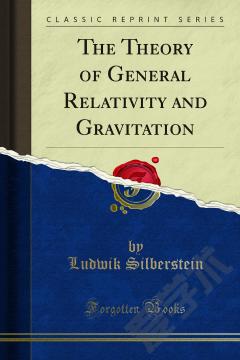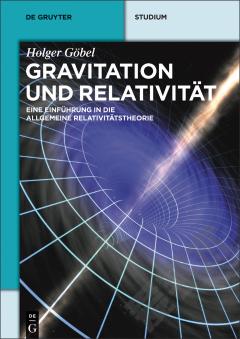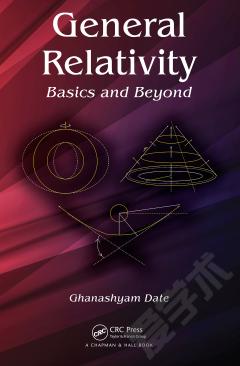General Relativity and the Einstein Equations
FOREWORD ACKNOWLEDGEMENTS 1. Lorentzian Geometry 2. Special Relativity 3. General Relativity and the Einstein Equations 4. Schwarzschild Space-time and Black Holes 5. Cosmology 6. Local Cauchy Problem 7. Constraints 8. Other Hyperbolic-Elliptic systems 9. Relativistic Fluids 10. Kinetic Theory 11. Progressive Waves 12. Global Hyperbolicity and Causality 13. Singularities 14. Stationary Space-times and Black Holes 15. Global Existence Theorems, Asymptotically Euclidean Data 16. Global existence theorems, cosmological case APPENDICES I. Sobolev Spaces II. Elliptic Systems III. Second Order Quasidiagonal Systems IV. General Hyperbolic Systems V. Cauchy Kovalevski and Fuchs theorems VI. Conformal Methods VII. Kaluza Klein Formulas
{{comment.content}}








 京公网安备 11010802027623号
京公网安备 11010802027623号